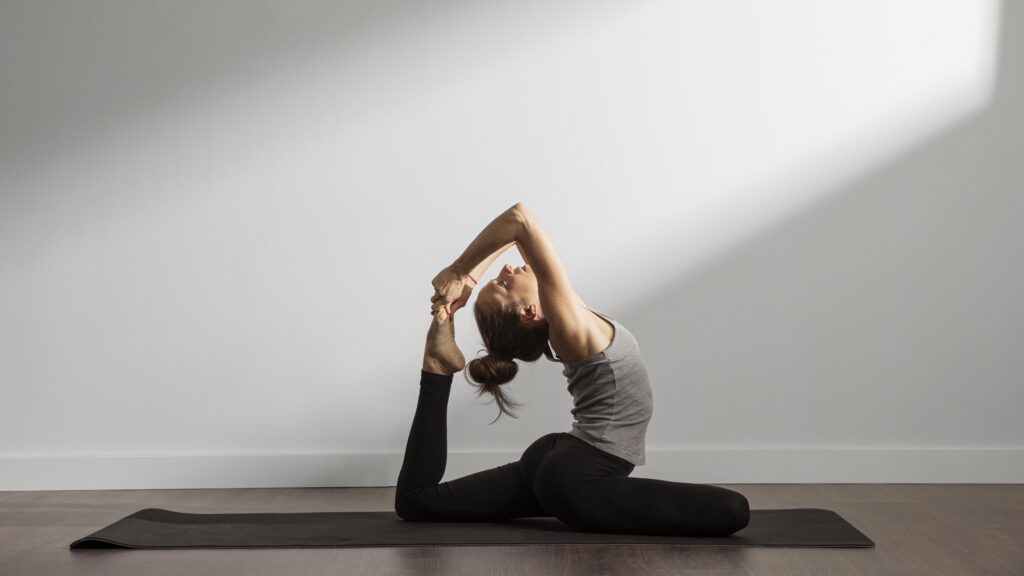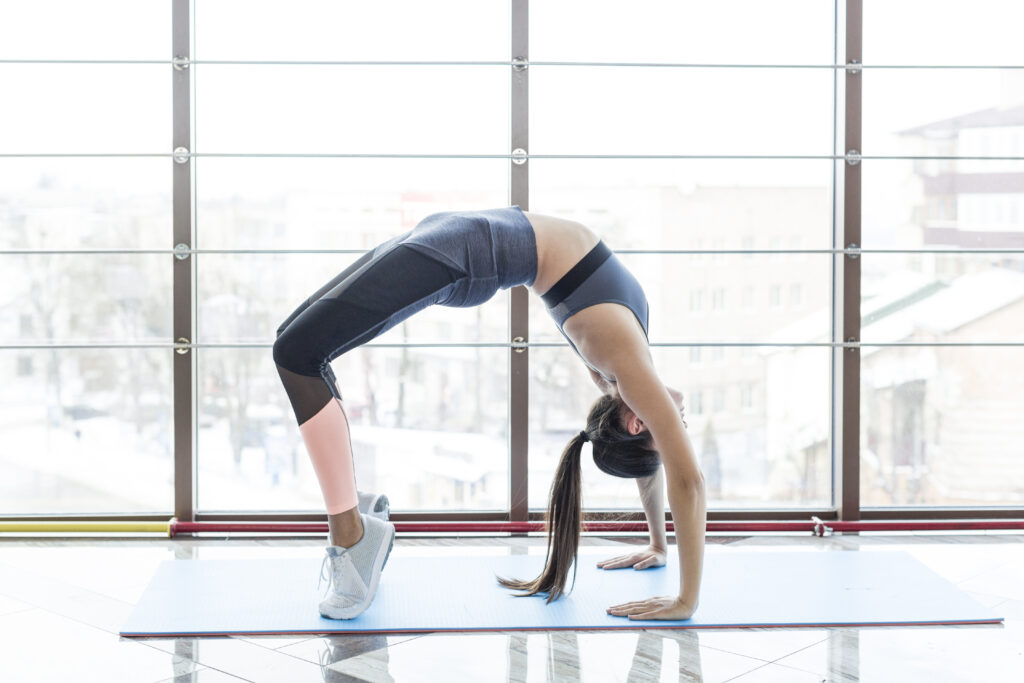Introduction
Define flexibility and list down its types—static, dynamic, passive, active, and functional—to understand their impact on physical health and performance. When it comes to fitness and overall well-being, flexibility often takes a back seat to more glamorous components like strength and endurance. However, flexibility plays a crucial role in maintaining a healthy body and preventing injuries. But what exactly is flexibility, and what types should you be aware of? In this article, we’ll dive deep into these questions, breaking down everything you need to know about Define Flexibility and List Down its Types flexibility and its various forms.
Table of Contents
What Is Flexibility?

Flexibility refers to the ability of a muscle or a group of muscles to stretch without injury. It is a key component of physical fitness and plays a critical role in your body’s range of motion (ROM). Good flexibility allows for smoother movements and can enhance overall performance in physical activities.
The Importance of Flexibility
Understanding the importance of flexibility can be a game-changer for your fitness routine. Here’s why it matters:
- Injury Prevention: Flexible muscles and joints are less likely to get injured. They can absorb stress more effectively and recover from strains and sprains faster.
- Improved Performance: Flexibility contributes to better performance in various physical activities, from sports to daily tasks.
- Enhanced Posture and Alignment: Good flexibility supports proper posture and alignment, reducing the risk of back pain and other postural issues.
Types of Flexibility

Flexibility isn’t a one-size-fits-all concept. Define Flexibility and List Down its Types are essential for various activities and overall health. Let’s break down the main types:
1. Static Flexibility
Definition: Static flexibility is the ability to hold a stretch without movement. It is measured when the body is at rest.
Examples:
- Hamstring Stretch: Sitting on the floor and reaching for your toes.
- Quadriceps Stretch: Standing on one leg and pulling the other foot towards your buttocks.
Benefits: Improves muscle length and overall range of motion. It’s particularly useful for maintaining good posture and alignment.
2. Dynamic Flexibility
Definition: Dynamic flexibility involves the ability to perform dynamic movements through a full range of motion. It is measured during active movements.
Examples:
- Leg Swings: Swinging one leg back and forth while standing.
- Arm Circles: Rotating your arms in circles while standing.
Benefits: Enhances performance in sports and activities that involve high-intensity movements. It prepares muscles for the demands of physical exertion.
3. Passive Flexibility
Definition: Passive flexibility is the range of motion achieved through external assistance, such as a partner or an apparatus, rather than the effort of the individual.
Examples:
- Partner-Assisted Stretch: Having a partner gently push you deeper into a stretch.
- Using a Strap: Using a stretching strap to extend your reach in a hamstring stretch.
Benefits: Helps achieve deeper stretches and increase range of motion with external aid.
4. Active Flexibility
Definition: Active flexibility is achieved through the strength and control of the muscles themselves without external assistance.
Examples:
- Active Stretching: Holding a leg up in the air without support.
- Yoga Poses: Maintaining positions like the Warrior III pose.
Benefits: Strengthens muscles around the joints and improves overall stability and control.
5. Functional Flexibility
Definition: Functional flexibility refers to the ability to move muscles and joints through their full range of motion during functional movements.
Examples:
- Squats: Performing squats with full range of motion.
- Lunges: Completing lunges with proper form and full extension.
Benefits: Enhances daily functional movements and improves performance in practical activities.
6. Elastic Flexibility
Definition: Elastic flexibility is the ability of a muscle to return to its original shape after being stretched.
Examples:
- Bouncing Stretches: Gentle bouncing while stretching a muscle.
- Dynamic Warm-ups: Movements that gently stretch muscles and allow them to return to their original state.
Benefits: Helps muscles recover quickly from stretches and improves overall muscle elasticity.
How to Improve Flexibility
Improving flexibility involves consistent effort and the right techniques. Here’s how you can enhance your flexibility:
- Incorporate Stretching: Regular stretching exercises, including static and dynamic stretches, are crucial.
- Stay Consistent: Consistency is key. Stretch regularly to maintain and improve your flexibility.
- Warm Up Properly: Always warm up before stretching or engaging in intense physical activity.
- Incorporate Yoga or Pilates: These practices are excellent for improving flexibility and overall muscle balance.
- Listen to Your Body: Avoid pushing too hard and listen to your body’s signals to prevent injury.
Conclusion
Flexibility is more than just a fitness buzzword; it’s a fundamental aspect of overall health and performance. By understanding its different types and incorporating appropriate stretching routines into your daily life, you can enhance your range of motion, prevent injuries, and improve your physical performance. Remember, flexibility is a journey, not a destination. Stay patient and consistent, and you’ll reap the benefits of a more flexible and resilient body.
FAQs
- How often should I stretch to improve flexibility?
Aim to stretch at least 2-3 times a week for optimal results. Daily stretching is even better if time allows. - Is static stretching better than dynamic stretching?
Both have their benefits. Static stretching is great for improving overall flexibility, while dynamic stretching is ideal for warming up and enhancing performance. - Can flexibility exercises prevent injuries?
Yes, improved flexibility helps to better absorb stress and reduce the likelihood of injuries. - How long should I hold a static stretch?
Generally, holding a static stretch for 15-30 seconds is recommended. Repeat each stretch 2-3 times. - What is flexibility, and what are the Define Flexibility and List Down its Types?
- the Define Flexibility and List Down its Types
- What is the best time to stretch?
Stretching is effective both before and after exercise. Dynamic stretching is ideal before workouts, while static stretching is best for after exercise.
